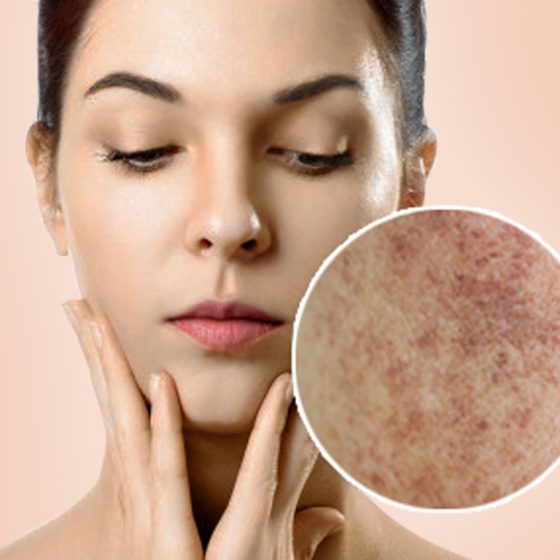Vasculitis
Overview Vasculitis refers to inflammation of blood vessels. Vasculitis is a very broad term that in its simplest form refers to inflammation of blood vessels. There are many different causes of vasculitis and they usually present in a myriad of ways. The exact cause of vasculitis is unknown and the underlying mechanisms leading to blood vessel inflammation vary between conditions (e.g. antibody-mediated, T-cell mediated). There has been a lot of work on classifying vasculitides into different types. They are a very heterogenous group of conditions that can affect multiple organs and in some cases be life-threatening. Several important terms are used

